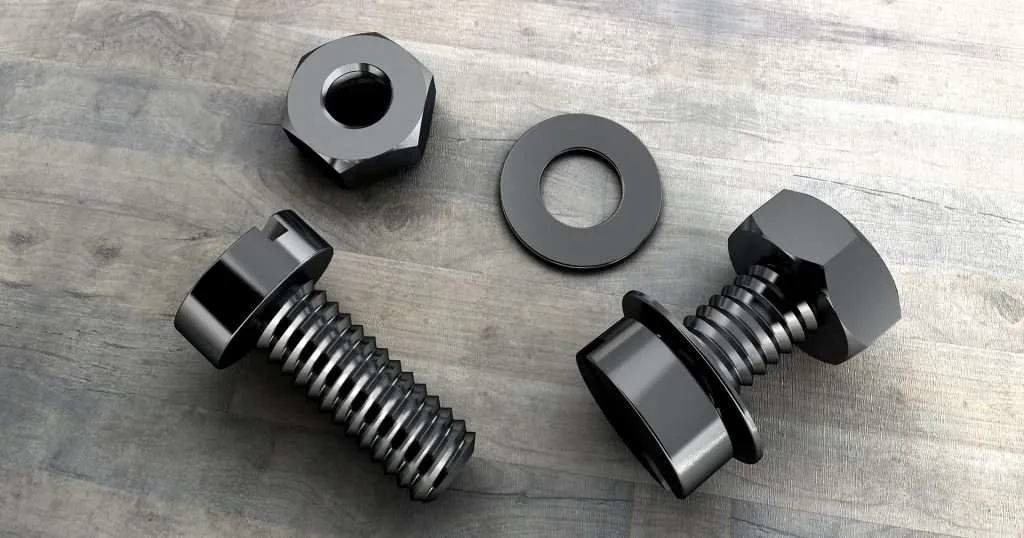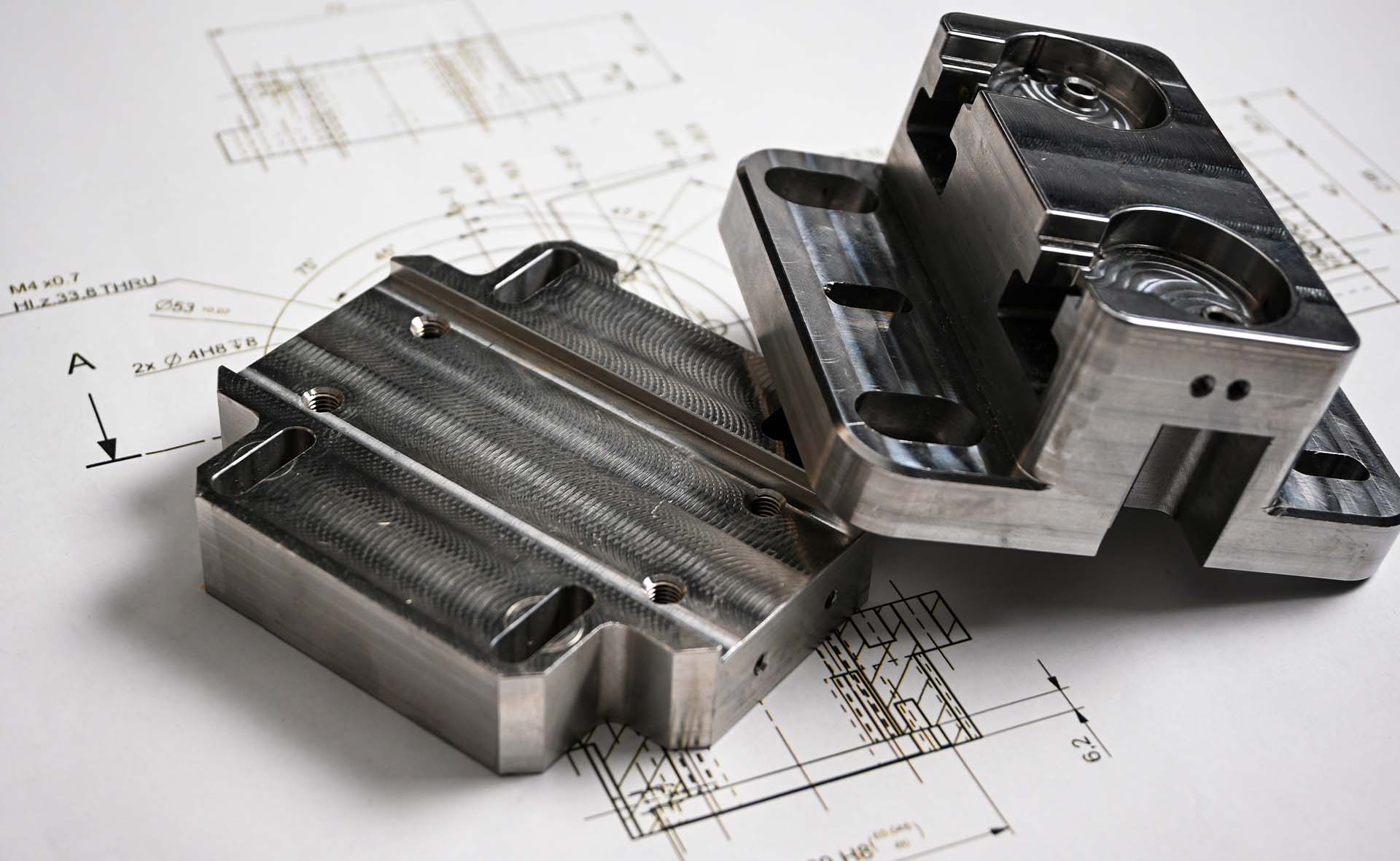Like every other process, the injection moulding process has its limits. So, what is possible with injection moulding? What can and can’t you injection mould? In this article, we will answer the top “can you injection mould” questions.
1. Can you injection mould low quantities?
Injection moulding is typically used for large volumes and mass production – with a minimum quantity between 500 pieces to 1000 pieces – but that hasn’t stopped it from being an excellent low-volume production solution. Rapid injection mould tooling is designed to be flexible and to fit your requirements, therefore making it suitable for low quantities.
2. Can you injection mould threads?
Yes, you can injection mould threads. It is possible to mould parts with threads already in the part, both internal and external threads. However, depending on the geometry of the part, the number of threads and their size and specification, this will not ordinarily be the best method. You could consider including overmoulding inserts into the part instead, tapping threads post-process or heat staking the inserts into the part post-process (all of which we can help you with at HLH Rapid).
3. Can you injection mould any geometry?
Injection moulding is a great process for producing very complex-shaped parts using a very highly-skilled tool design and experience but like any other manufacturing process, there are constraints. Therefore, it is not true that all geometries can be moulded. There are often features or designs which would either be incredibly expensive or impossible to produce via injection moulding, These types of parts may instead be better produced via another process, such as 3D printing.
4. Can you injection mould rubber?
What’s great about the process is the massive range of materials available, this includes rubber. Injection moulding has become one of the most efficient ways to create moulded rubber products in many cases. At HLH, we can injection mould TPU and TPR, which are very similar to rubber and are of industry standard.
5. Can metals be injection moulded?
Yes, you can injection mould metal through a process known as metal injection moulding (MIM), which is different from plastic injection moulding. MIM is a good alternative to die casting and is compatible with a variety of key metals, including stainless steel, titanium, copper, and other high-performance alloys, but generally not aluminium alloys.

6. Can you injection mould two materials?
This process is known as 2-shot or 2K moulding, or overmoulding. While there are some slight differences between the two processes, in short, the answer is yes, you can overmould two materials together. Usually, this is done with a plastic substrate and a rubber or similar overmould for either aesthetic reasons or mechanical properties. It is a two-stage process, with one piece being moulded first, then the rubber overmould being injected on top.
7. Can you injection mould in any colour?
Yes, within reason. All you need is supply a Pantone or RAL colour or similar number. During the injection moulding process, colorants can be mixed with the plastic resins before it is melted and injected into the mould to achieve the specified colour.
Not sure if your part should be injection moulded? Get in touch with the team today at info@hlhrapid.com. To get a free quote for injection moulding, submit your CAD and project details on our website contact form. Our team will get back with a quote within 48 hours or less.
